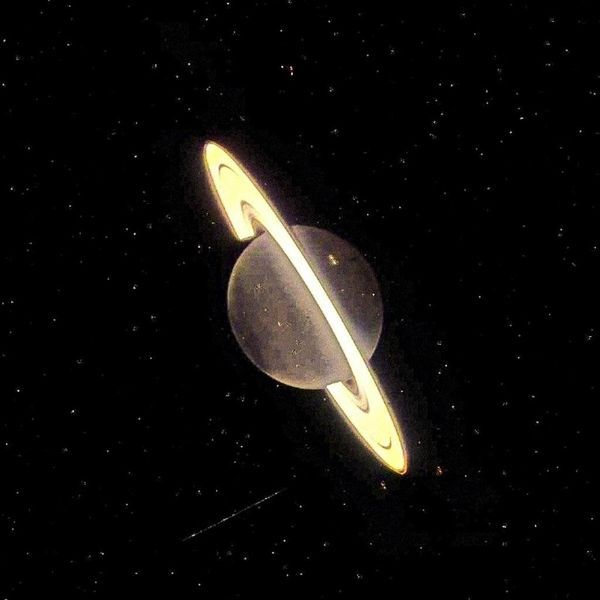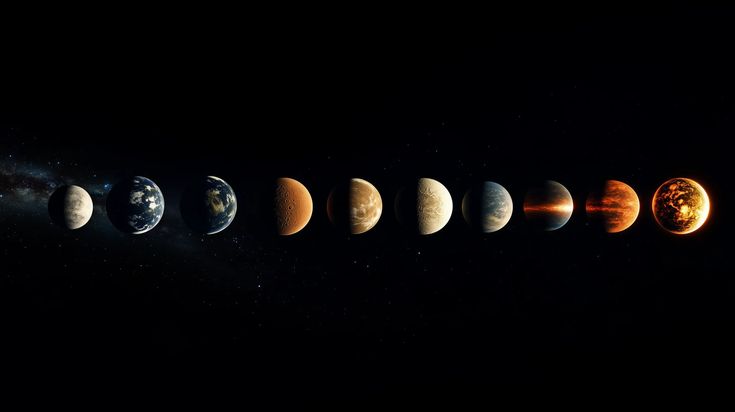In the vast, silent darkness of space, the James Webb Space Telescope has once again turned its golden eyes toward a distant world—and what it found is nothing short of astonishing. Beyond our solar system, circling a searing-hot star some 260 light-years away, lies a planet that defies every earthly expectation. This world is WASP-107 b, a scorching gas giant that has baffled scientists since its discovery. But now, thanks to the unparalleled vision of Webb, we’re beginning to uncover the planet’s fiery, chaotic origin story.
Not Your Ordinary Gas Giant
At first glance, WASP-107 b seems like it should be impossible. It’s nearly the size of Jupiter but contains only about one-tenth of its mass. That makes it incredibly puffy—like a cosmic balloon floating through the galaxy. Until recently, scientists struggled to explain how a planet with such a low density could form and survive so close to its host star.
But with Webb’s infrared gaze, astronomers were finally able to peer beneath the planet’s thick, hazy atmosphere and decode the clues left behind by its turbulent past.

Webb’s Infrared Vision Reveals the Truth
Using its powerful infrared instruments, Webb analyzed the starlight passing through WASP-107 b’s atmosphere during a transit—when the planet crosses in front of its star from our point of view. What the telescope detected was groundbreaking: molecules like sulfur dioxide (SO₂), along with water vapor, carbon dioxide, and carbon monoxide. This precise chemical fingerprint hints at something wild—WASP-107 b was forged in a furious blaze of heat and light.
The presence of sulfur dioxide in particular is a smoking gun. On Earth, we associate this gas with volcanic eruptions, but on an exoplanet, it means something else. The gas likely formed as a result of high-energy ultraviolet radiation from the star slamming into the planet’s upper atmosphere, breaking apart molecules and setting off complex chemical reactions. In other words, the atmosphere of WASP-107 b is being cooked alive by its own sun.

The Fiery Origins of a Lightweight Giant
This discovery isn’t just about chemicals—it’s about history. Scientists now believe that WASP-107 b may have formed much farther out in its solar system, where cooler temperatures allowed it to accumulate a massive gas envelope. But as the system evolved, gravitational forces dragged it inward, where it now sizzles in a tight, hellish orbit.
This migration explains its puffiness. As the planet moved closer to its star, the increased radiation and heat caused its outer layers to expand dramatically, making it one of the fluffiest known exoplanets. And now, Webb has given us the evidence to prove it.
Why This Matters for the Future of Exoplanet Science
WASP-107 b is more than just a scientific curiosity—it’s a gateway to understanding how planetary systems form and evolve. Until recently, our theories about how gas giants grow were based largely on our own solar system. But planets like WASP-107 b are rewriting those rules, and the James Webb Space Telescope is helping us read the new pages.
By revealing how radiation, chemistry, and migration can shape a planet’s atmosphere, Webb is laying the foundation for future studies of potentially habitable worlds. The same techniques used here could one day uncover signs of life—or at least life-friendly conditions—on rocky Earth-like planets orbiting distant stars.
A Window Into the Extreme
Though this mission has ended, Sunita’s journey is far from over. Her experience, leadership, and technical acumen make her a central figure in NASA’s upcoming missions. She is expected to play an important role in the NASA Artemis program, which will establish a sustainable presence on the Moon and prepare for crewed missions to Mars.
Moreover, her involvement in testing the Boeing CST-100 Starliner, a new space transport system, highlights her role in shaping the future of commercial and crewed spaceflight. These new systems are critical to reducing costs, increasing safety, and opening up space access to more countries and individuals.
As commercial spaceflight grows and international collaboration deepens, astronauts like Sunita Williams are helping to lay the foundation for the next era of human space exploration.What makes this discovery so breathtaking is that we’re witnessing the extreme end of nature’s creativity. WASP-107 b is a place of blistering temperatures, chemical alchemy, and cosmic forces beyond human comprehension. Yet, with instruments built by our species, we’re able to observe it with extraordinary clarity.
Each molecule Webb detects, every spectral curve it records, adds another piece to the puzzle of our universe. And as we uncover the stories of wild worlds like WASP-107 b, we’re also discovering more about where we come from—and where we might one day go.


